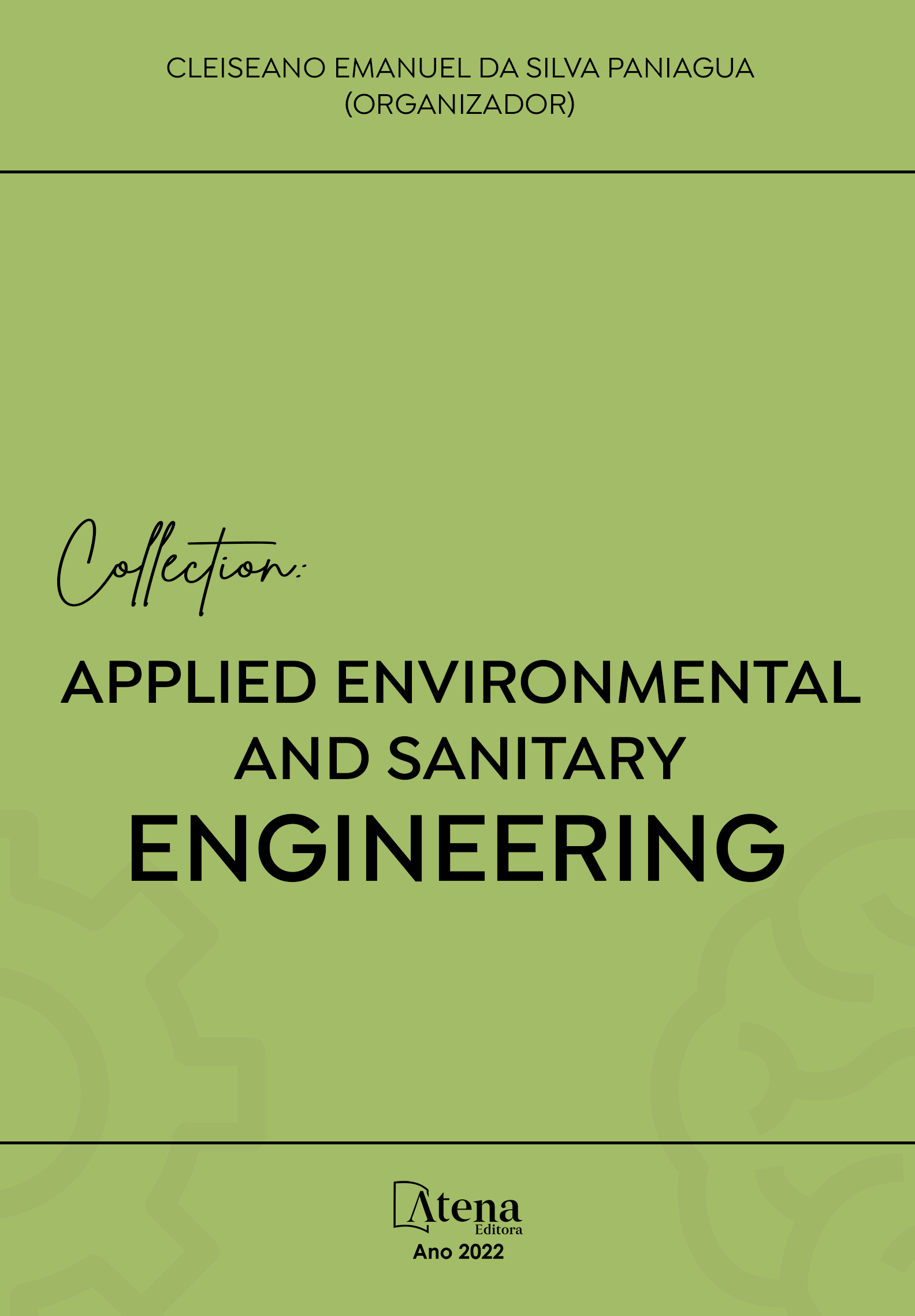
MONITORAMENTO DA REMOÇÃO MULTIELEMENTAR EM TRATAMENTO POR VALA DE FILTRAÇÃO
Com o aumento populacional e da necessidade de mais alimento e bens de consumo industriais, as necessidades hídricas acabam sendo cada vez mais utilizadas. Se não se bastasse à demanda excessiva de água para produção no setor industrial e agrícola, os despejos de esgoto sem tratamento em corpos d’água limpo geram um enorme impacto ambiental. Cada vez mais, engenheiros tem trabalhado em centros de pesquisa de modo a gerar metodologias e tecnologias sustentáveis para limpeza e preservação desse importante recurso a vida que é a água. Entre as tecnologias em estudo têm-se os sistemas de vala de filtração que surgiram como um tratamento alternativo para suprir as necessidades de tratamento hídrico. A presente pesquisa estudou um sistema constituído por três valas de filtração de camada de brita 0,20 m e camada de areia distinta de: 0,75 m; 0,50 m e 0,25 m. O estudo durou cinco semanas e possibilitou analisar pela técnica de radiação sincrotron a presença dos seguintes elementos químicos: P; S; Cl; K; Cr; Mn; Fe; Zn; As e Pb. Ainda foi possível verificar que o desempenho de tratamento foi de 60% na faixa de 0,75m; 30% na faixa de 0,50 m e 6% na faixa de 0,25 m.
MONITORAMENTO DA REMOÇÃO MULTIELEMENTAR EM TRATAMENTO POR VALA DE FILTRAÇÃO
-
DOI: 10.22533/at.ed.57822190117
-
Palavras-chave: Meio Ambiente, Reuso, Contaminação e Sustentabilidade.
-
Keywords: Environment, Reuse, Contamination and Sustainability.
-
Abstract:
With population growth and the need for more food and industrial consumer goods, water needs are increasingly being used. If excessive water demand for production in the industrial and agricultural sector were not enough, untreated sewage discharges into clean water bodies have a huge environmental impact. Increasingly, engineers have been working in research centers to generate sustainable methodologies and technologies for cleaning and preserving this important life resource that is water. Among the technologies under study are filtration trench systems that have emerged as an alternative treatment to meet the needs of water treatment. The present research studied a system consisting of three filtration trenches of 0.20 m gravel layer and distinct sand layer of: 0.75 m; 0.50 m and 0.25 m. The study lasted five weeks and allowed to analyze by the synchrotron radiation technique the presence of the following chemical elements: P; S; Cl; K; Cr; Mn; Faith; Zn; As and Pb. It was also possible to verify that the treatment performance was 60% in the 0.75m range; 30% in the 0.50 m range and 6% in the 0.25 m range.
-
Número de páginas: 15
- Prof. Dr. ARISTON DA SILVA MELO JÚNIOR


